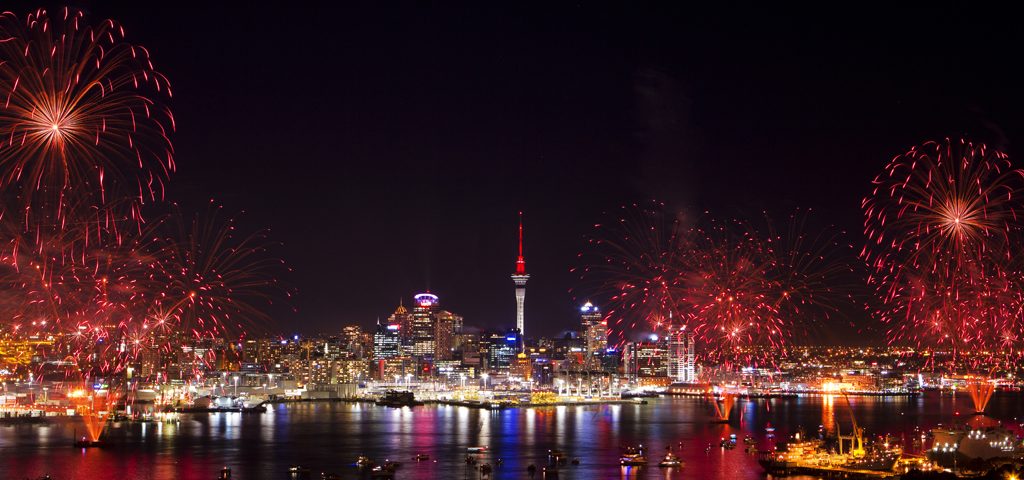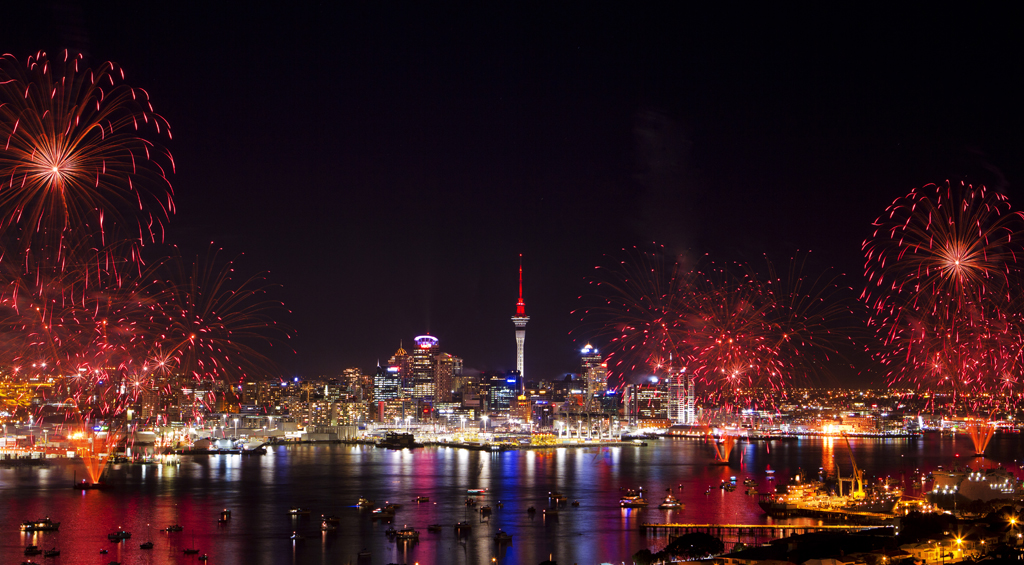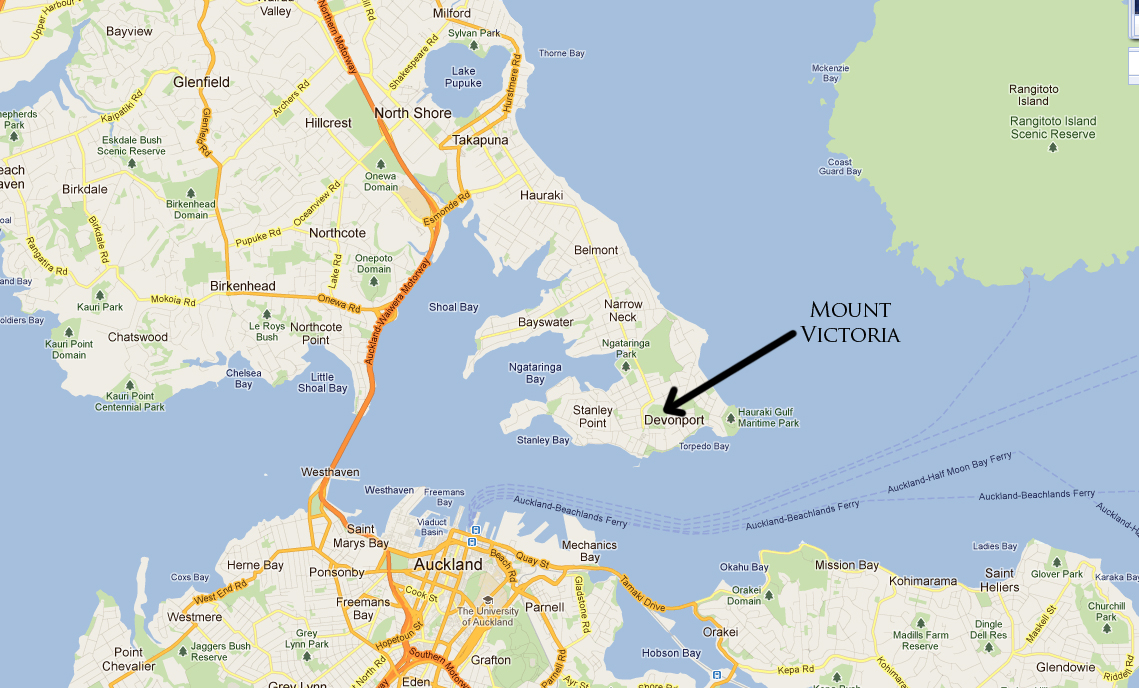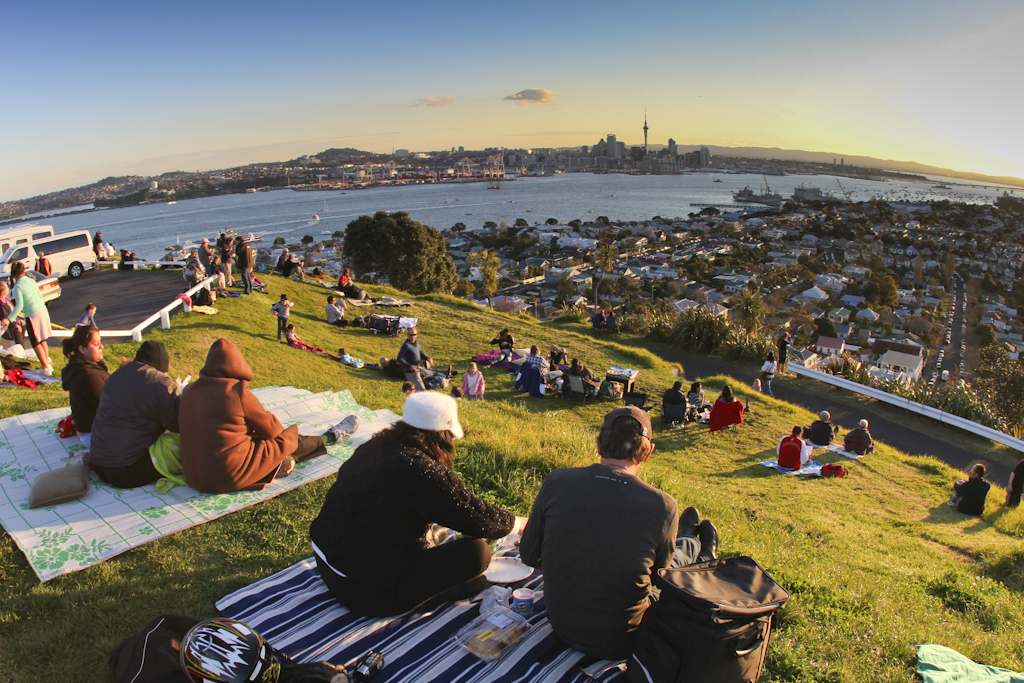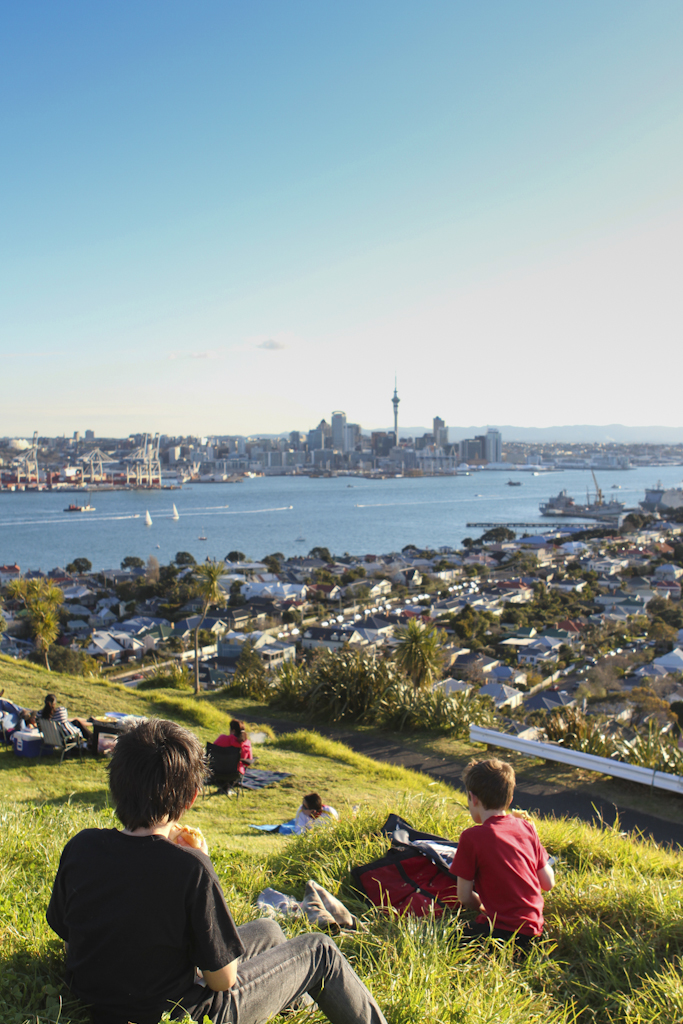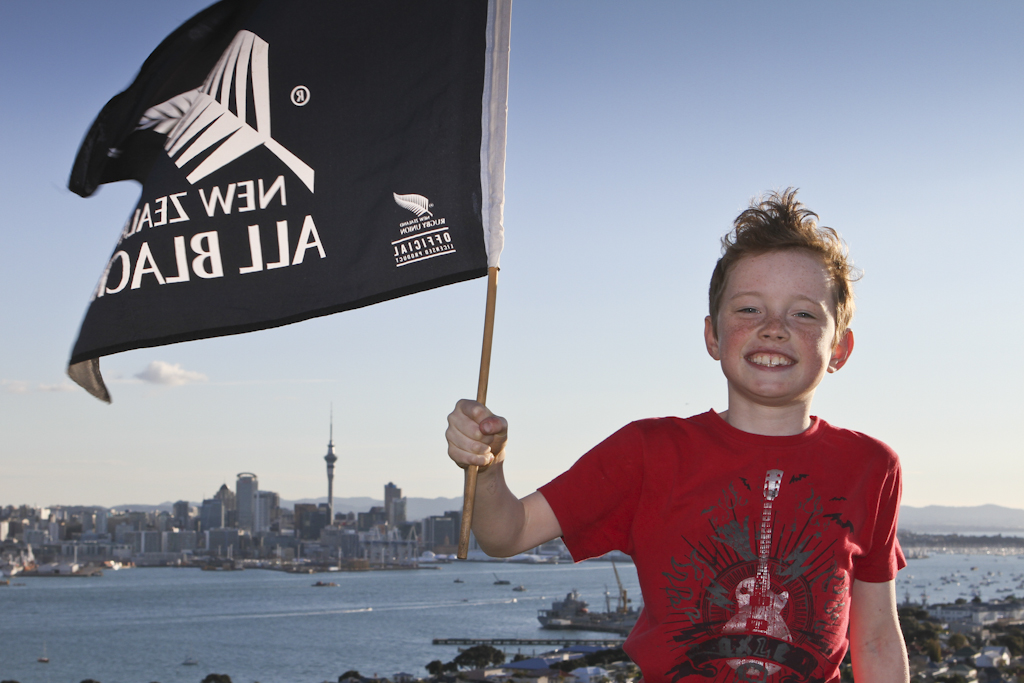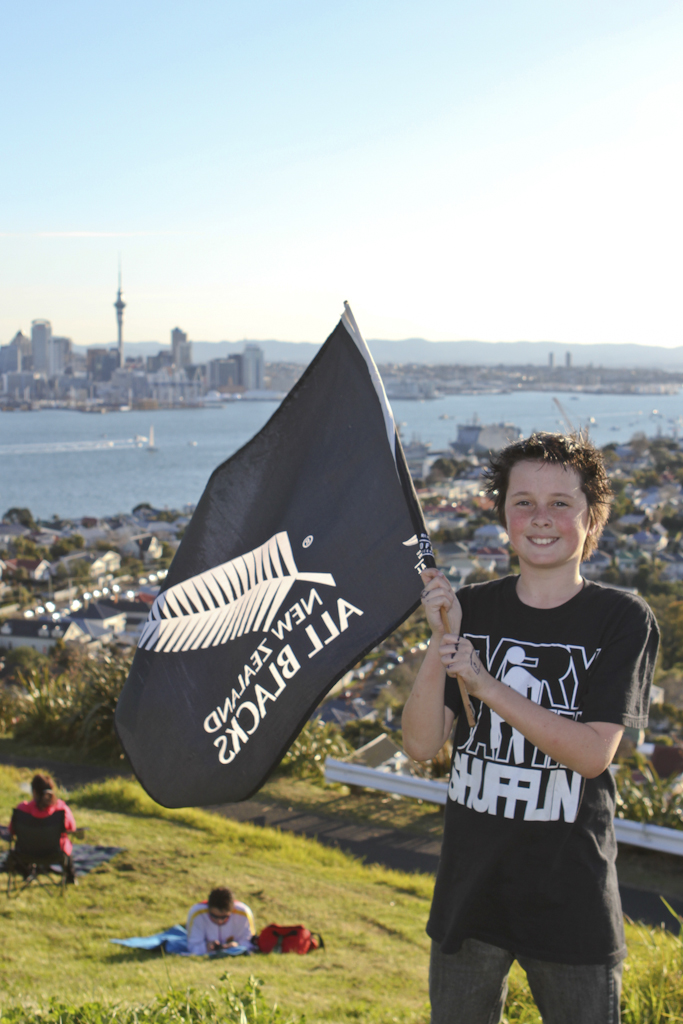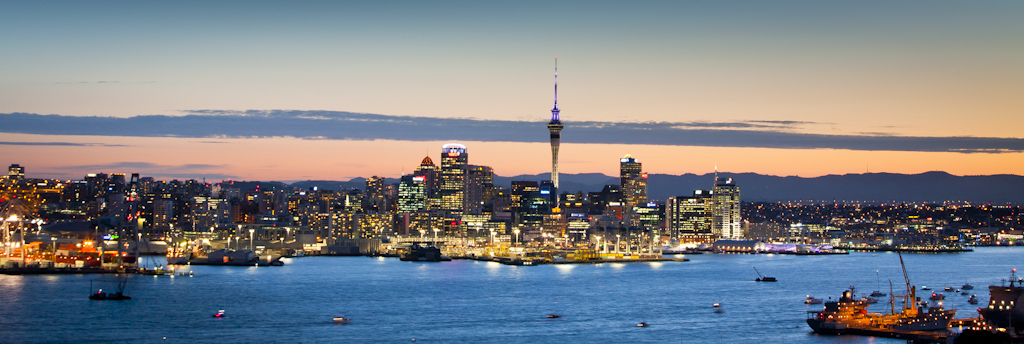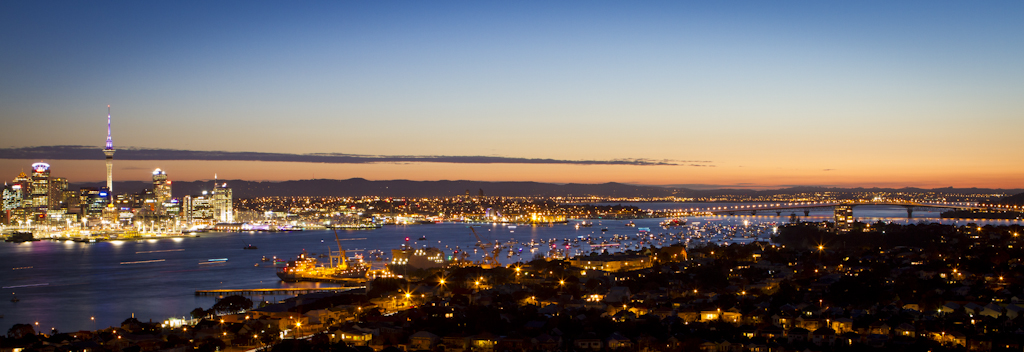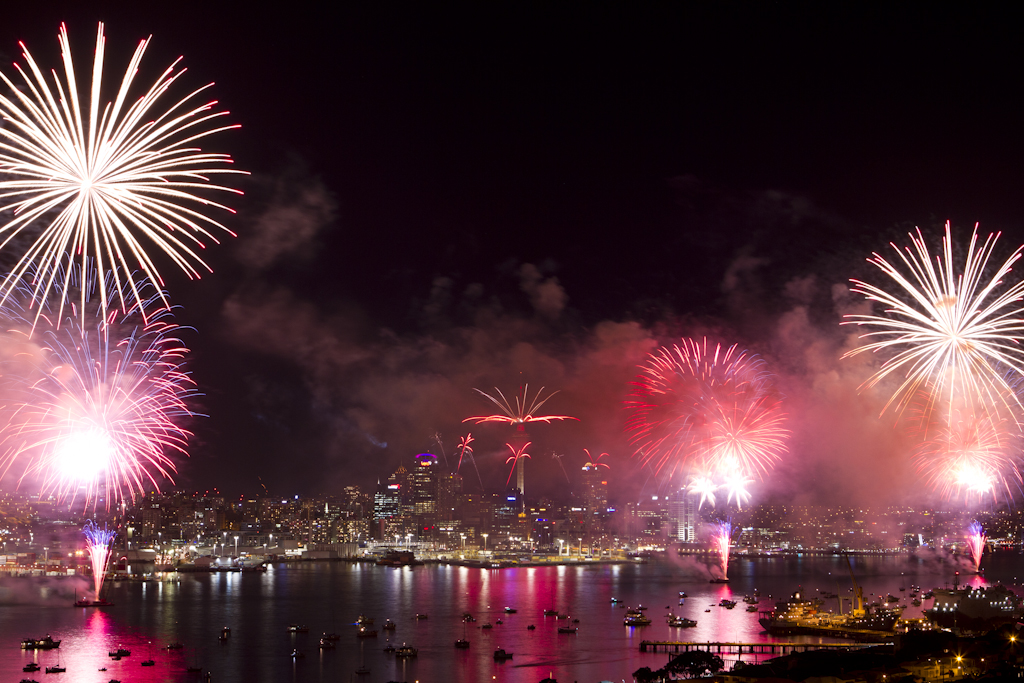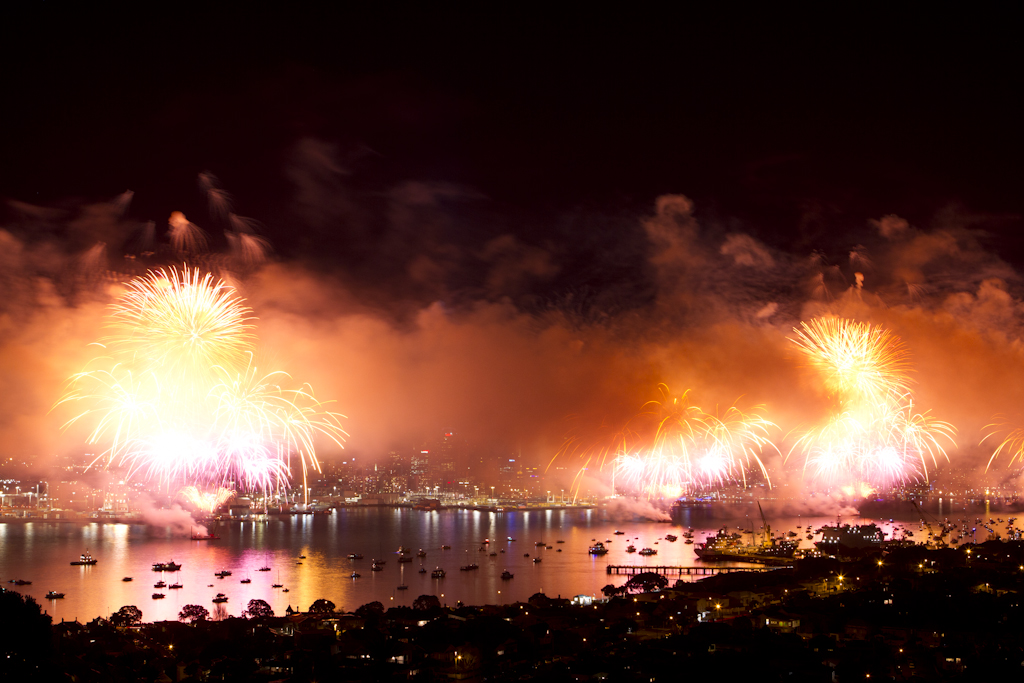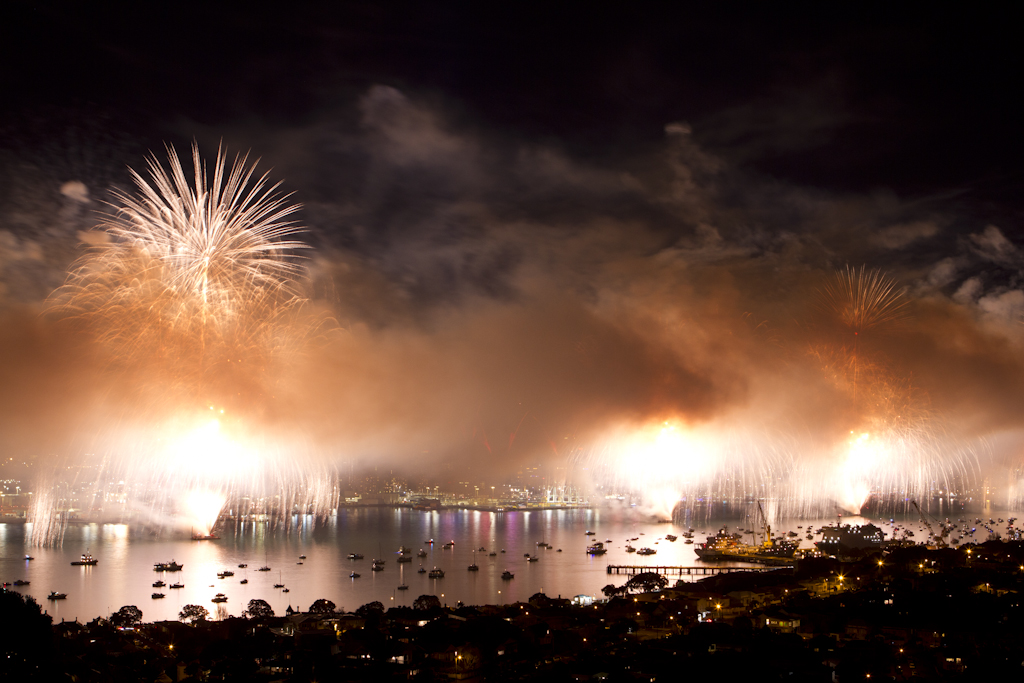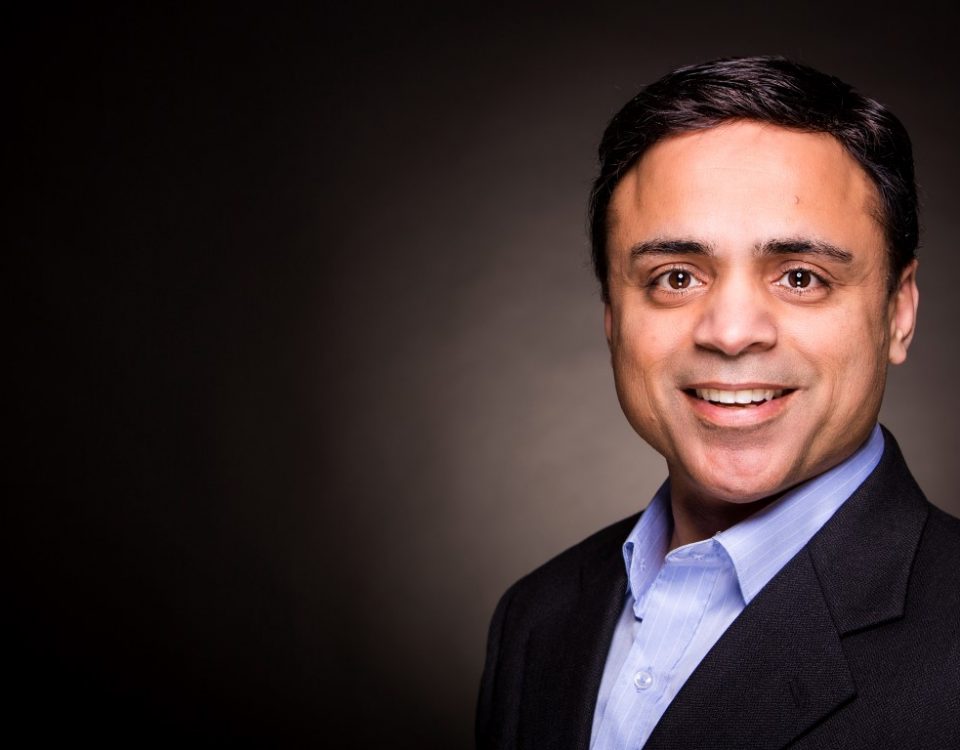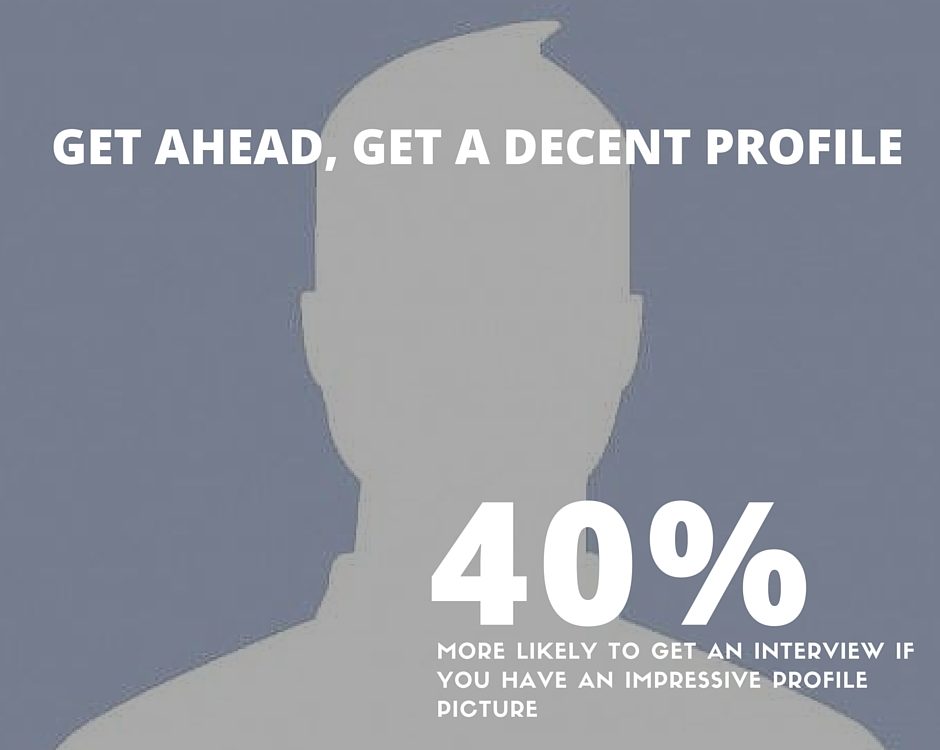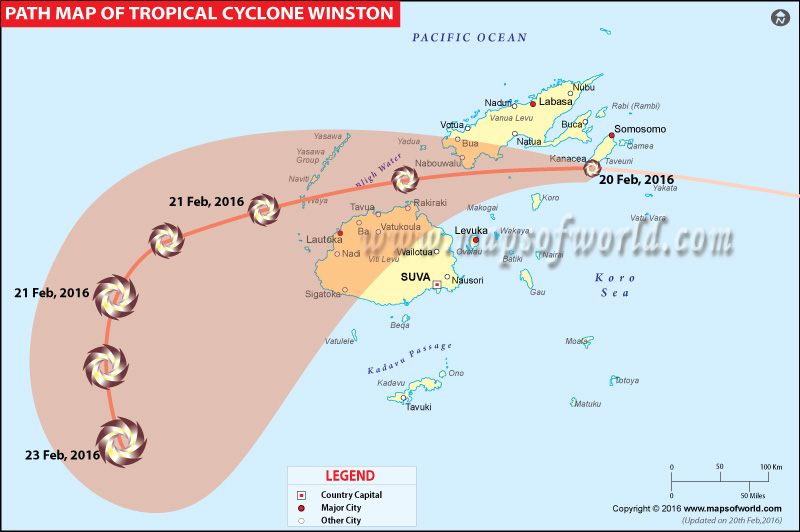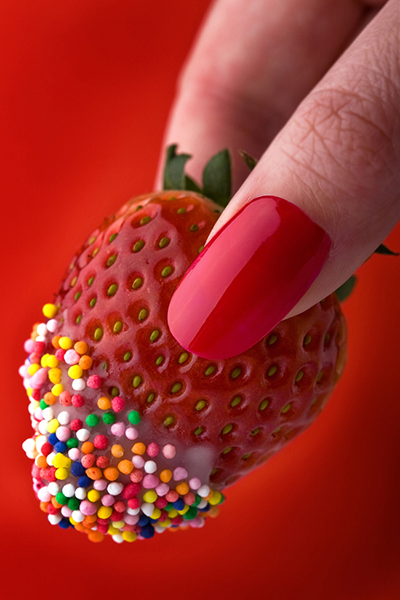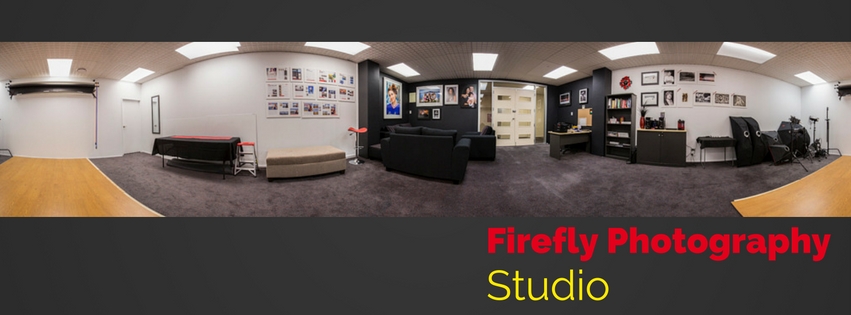New Zealand is currently playing host to the Rugby World Cup, and it seems the entire country has taken on a very patriotic and festive atmosphere.
I witnessed this firsthand last week during the festivities that marked the opening of the tournament.
Part of the opening ceremony was a 12 minute firework display over Auckland City.
Seeing as I have never had the opportunity to shoot fireworks, I opted to spend my night on Mount Victoria (The best lookout over the city) and see what I could come up with.
Planning, thinking and learning bites after the jump.
This particular shoot posed two distinct problems.
Firstly, the fact that I had never shot fireworks before.
Secondly, finding and securing a location which was likely to be swamped with people (given that Mount Victoria was the best place to view the show)
Preparing to shoot something New
The internet is full of little gems of information if you know where to go look for it.
Preparing for the shoot, I was not surprised to find that one of the photographers I respect most, Joe McNally, did a fairly comprehensive post on the subject in his own blog.
Take a look at it here
The blog post is actually a condensed version of a chapter from his last book – The Life guide to digital photography
Seriously good writing by an absolutely amazing photographer.
Well worth the purchase, and at around NZ$20 (and free worldwide shipping) from The Book depository, it’s an absolute must read.
The basic take home message for me:
1. Get there early and stake out your claim.
2. Compose the image with a lot more sky than you think you’ll need. You can always crop in later, but you can’t recover things if you cropped too tightly.
3. Shoot at your lowest ISO and an aperture of around f8/f11. Experiment with shutter speeds and figure out what exposes the static part of the image well.
4. Try shooting in bulb mode to vary your exposure time.
5. Using a black card in front of the lens with a bulb exposure will allow a longer exposure time.
6. Remove the card with each fresh burst of pyrotechnics, and if you time things right you can combine a series of bursts onto one image.
Location Location Location
I’ve done enough landscape photography to know that location planning is the foundation on which everything else is built.
Where to set up, what time to get there, how to get there and what to pack for the job.
Ignore these questions at your peril.
This shoot promised to be fraught with curve-balls.
Mount Victoria was by far the best place to view the show, but this also meant that I would be one of possibly thousands with the same idea.
This posed a number of problems that I could identify, though with no idea of how much they’d affect the shoot.

